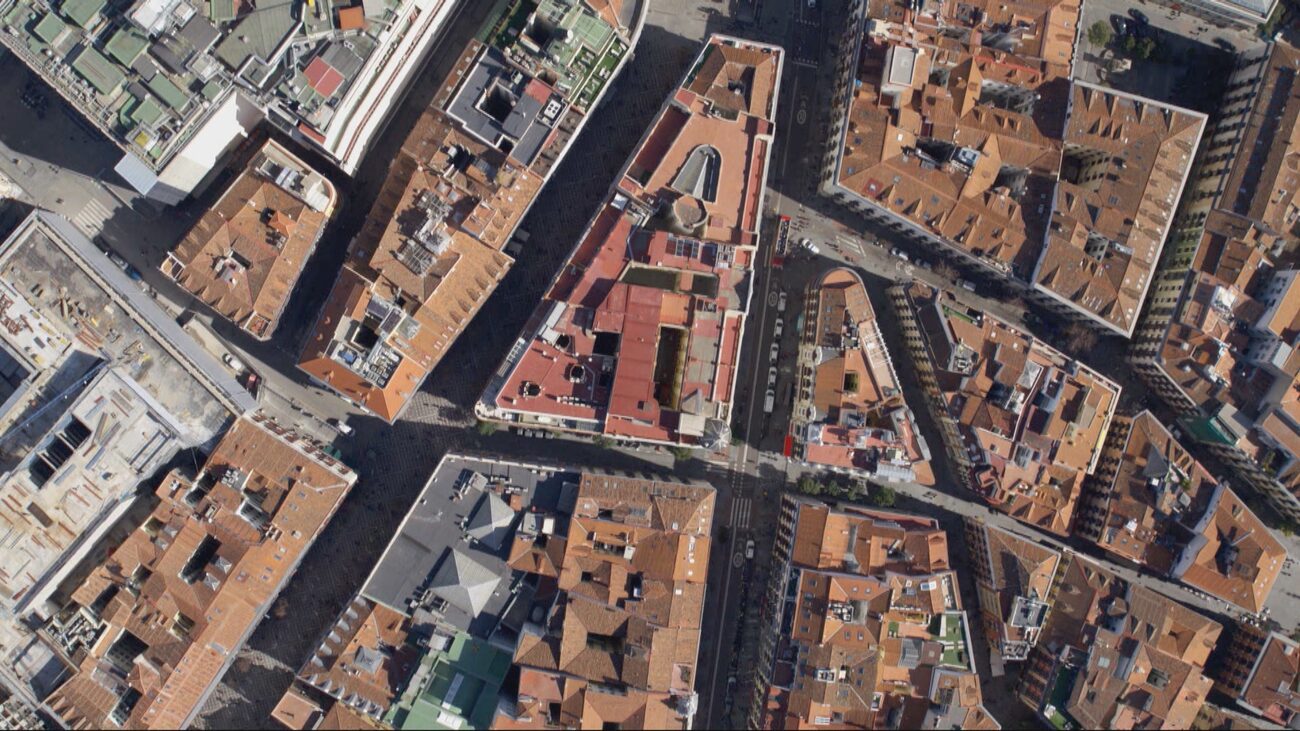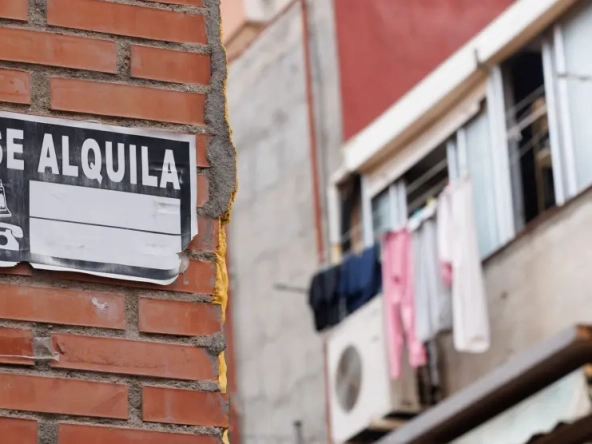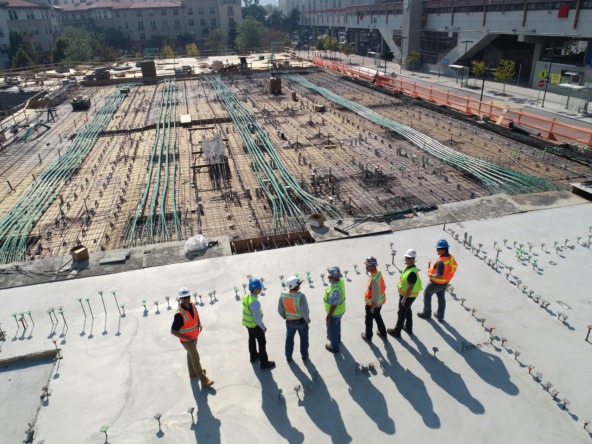The real estate market in Spain is undergoing a significant transformation, with an outstanding growth in the outskirts of large cities. Municipalities such as Coslada, Pozuelo, Las Rozas, Getafe, Viladecans or L’Hospitalet de Llobregat have seen an increase in demand for both buying and renting. This phenomenon has been driven by various socio-economic and urban planning factors, which has led to a reconfiguration of the real estate map in cities such as Madrid and Barcelona.
What are the reasons behind this change?
1. Expulsion of the middle class from urban centres
The high price of housing in Madrid and Barcelona has pushed the middle class to look for alternatives in the periphery. According to Tinsa, in the fourth quarter of 2024, residential prices in the province of Madrid increased by 7.0% year-on-year. This increase has meant that many families can no longer afford to live in the centre and are looking for more affordable areas.
For example, the average price per square metre in central districts such as Chamberí or Salamanca in Madrid exceeds €6,000/m², while in peripheral municipalities such as Getafe or Alcalá de Henares it is around €2,500/m². A similar scenario can be observed in Barcelona, where the price per square metre in the Eixample can exceed €5,500, while in L’Hospitalet de Llobregat it is around €3,000/m².
2. Market overheating by investors
Investment opportunities in the centre of large cities have diminished due to rising prices and regulatory restrictions. This has led investors to look for alternatives in the periphery. According to Idealista, the most attractive municipalities for investment in the Madrid region are Alcorcón, Getafe and Alcalá de Henares, where prices remain affordable and rental yields are higher.
The boom in tourist rentals and the purchase of properties by investment funds has exacerbated the lack of supply in the centre, which has pushed investors to the periphery. The average rental yield in Madrid and Barcelona is around 3.5%, while in peripheral areas it can exceed 5%, making investment in these areas more attractive.
Telework and quality of life
Work flexibility has changed the priorities of many buyers. The rise of teleworking has meant that proximity to the centre is no longer a primary need for many professionals, which has increased demand in municipalities with better living conditions, such as gardens, terraces and greater tranquillity.
According to the National Statistics Institute (INE), the Community of Madrid is the region with the highest percentage of teleworkers, with 25.9%. This trend has boosted the purchase of homes in municipalities with a better quality of life and good connections with the capital.
4. Rising energy costs and demand for energy efficiency
Rising electricity and gas prices have led buyers to look for homes with better energy efficiency. According to a study by Tinsa, improving a home’s energy rating by one letter can increase its value by up to 1.3%.
In this context, newly built housing in the periphery, which tends to have better thermal insulation and energy efficiency systems, is gaining in popularity compared to older housing in city centres, many of which have high energy consumption and require costly renovations to improve their efficiency.
5. Land scarcity and restrictive planning regulations
In Barcelona, the lack of available land and the obligation to allocate 30% of new developments to subsidised housing have reduced the supply of new construction. According to data from La Razón, up to the second quarter of 2022, the production of new housing in Barcelona fell by 16.6% year-on-year to 1,389 units.
Madrid also faces similar problems, with long delays in the approval of new urban developments, which has limited the supply of housing in the centre and forced buyers to look to peripheral municipalities where land is more abundant and prices are more affordable.
What are the consequences of this phenomenon?
Real estate growth in the periphery brings with it a number of both positive and negative effects:
- Increased demand for infrastructure: Better transport links, health and education services are required in peripheral areas to cater for the growing population.
- Urban transformation: Peri-urban areas are seeing a boom in new construction and residential development.
- Revaluation of peripheral municipalities: As demand increases in these areas, the value of housing also rises, which may lead to housing affordability problems in the future.
- Environmental challenges: Accelerated growth in the periphery can increase pressure on natural resources and create sustainability problems if not properly planned.
Conclusion
The shift in demand towards the periphery of Madrid and Barcelona is a phenomenon that is redefining the Spanish real estate market. Factors such as the high price of housing in the centre, the rise of teleworking, rising energy costs and urban planning restrictions have driven this shift. As a result, peripheral municipalities are experiencing a real estate boom that could continue in the coming years.
This phenomenon presents opportunities and challenges for buyers, investors and administrations, which must adapt to this new reality and ensure sustainable and balanced growth in these emerging areas.
Sources:
-
Tinsa – Report on prices in the metropolitan area of Madrid in the fourth quarter of 2024.
-
Idealista – Analysis of the interest of foreign investors in municipalities on the outskirts of Madrid.
-
INE (National Statistics Institute) – Data on the proportion of teleworkers in the Community of Madrid.
-
Tinsa – Report on energy efficiency and revaluation of housing in Spain.
-
La Razón – Analysis of the fall in the construction of new housing in Barcelona due to the 30% regulation.





